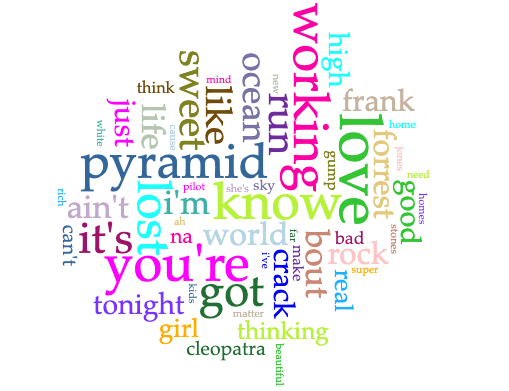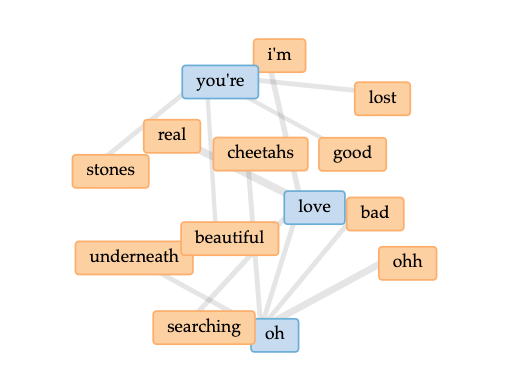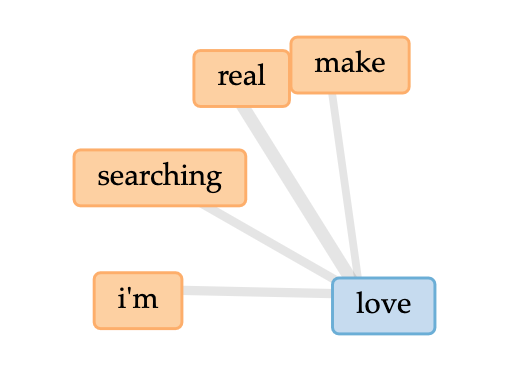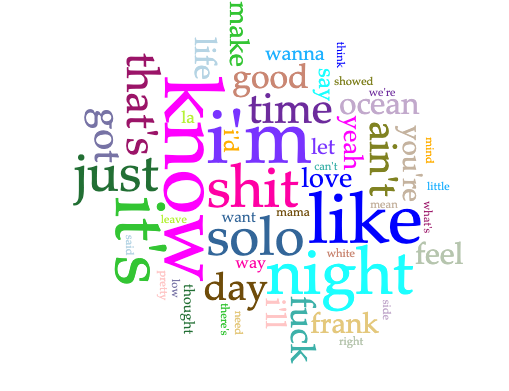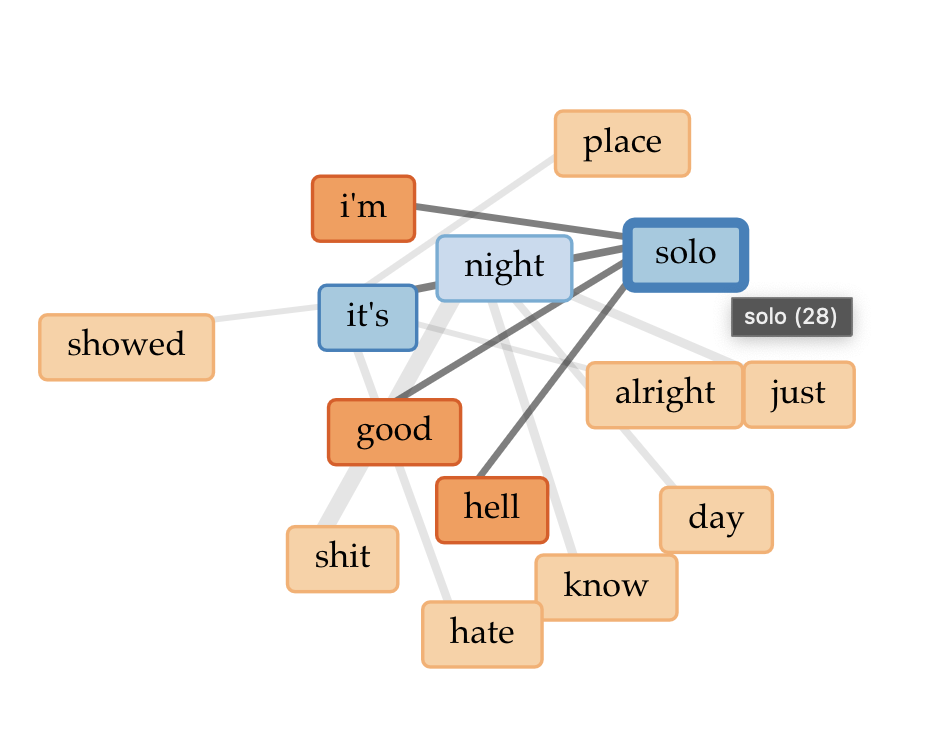In “The Four-Dimensional Human: Ways of Being in the Digital World,” my annotations focused more on guiding students towards connecting their own personal experiences to those they are reading on the page. Oftentimes, I struggle with readings that deal with more abstract or foreign terms that can cause confusion. In those instances where I could envision myself drifting away from the reading, I left annotated questions for students to reflect on how the reading is related to their own lives. My hope is that students can find themselves engaging with readings on a more personal level, in a way that builds their understanding and empowers them to share their unique perspectives with others.
| Quote | Annotation | Expected Impact |
|---|---|---|
| “It was postulated in many ways: as ether, as the unconscious, as a duration in time, or as time itself. But most popularly it was a space into which one might travel, a world that could be reached if only the right conduit or portal could be found. The prospect of discovering this dimension was so appetising that it belonged to everyone.” | What ways might you interact with a fourth dimension described here? How has this dimension changed over time, and how has it remained the same? Who might you be able to talk to that can share their experiences and feelings of voyaging into this dimension? | This annotation is found earlier in the reading, and is intended to start building a foundation for students to insert themselves into their reading. The idea is that students will feel encouraged to continue to ask themselves similar questions that immerse themselves in exciting ways. |
| “So the modems gave the sense of a journey. Through certain designated portals we could move into a specific way of being that felt like entering a new territory.” | What modern day modems do you feel like you interact with, similar to as described in the passage thus far? | Personally for me, I didn’t know what a modem was until recently. It can be frustrating for unfamiliar terms to be introduced. Thus, the idea behind this question was for students to build their own definition of what a modem is, as it relates to how it’s described in the quote, before they look up what it might be themselves. The question serves to shift focus more towards the exploratory portal experience of what a modem does (which is more relevant in the reading), rather than what the technical aspects of a modem are. |
| “A truth and cliche of digital life is that our comeliest meals occur both on our table and in the pockets and on the desks of our international 4D colleagues, a meal to be both eaten and approved of.” | Think about the phrase: “Instagram has to eat” – how is your own experiences with food (or otherwise) simultaneously experienced, curated, and consumed? | The question I posed is meant to encourage students to reflect on their own experiences with documenting meals on social media. In this reflection, I hope students are able to think more critically about their relationship to social media moving forward. |
| “With walls not being what they once were, the home itself has become four-dimensional, with new ground plans to match its digital environment.” | How has your home become associated with the space in which you experience other digital spaces? | The annotated question invites students to bring their own experiences in juxtaposition to the reading. In doing so, students are guided towards a deeper understanding of the four-dimensional that centers their experiences. |
| “Our portals to the fourth dimension have been wedged open, and there it is, spread out across the everyday, indeed nestled inside the everyday, causing it to ripple and bend.” | How has growing up on the internet impacted your perception of self, and of community? What are some moments where you have felt deeply entrenched and touched by the fourth dimension, both in ordinary and unsettling ways? | The final annotation aims to contextualize the “rippl[ing] and bend[ing]” of everyday life described in the quote. The words “ripple” and “bend” evoke strong visuals, and in posing this question alongside the imagery, I hope students are able to think about both the tangible and intangible ways the fourth dimension of the internet shapes them. |

